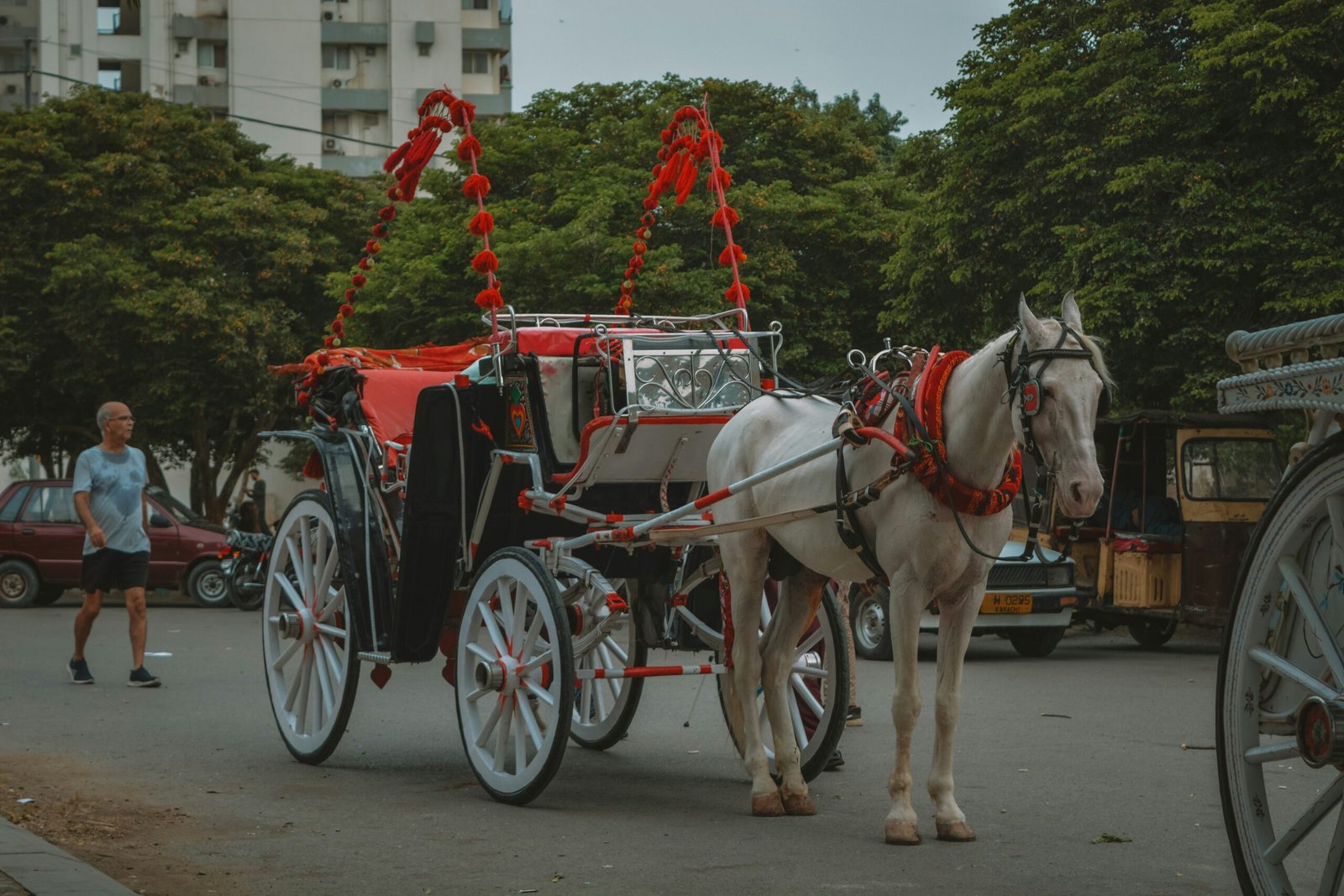Manipur
Land of Warriors, Weavers, and Waterways
HIGHLIGHT
Manipur, known as the “Jewel of India,” is a state of breathtaking natural beauty, vibrant culture, and rich traditions, offering travelers an enchanting mix of lakes, hills, and historic sites.
Discover Manipur
From Loktak’s Floating Islands to Thang-Ta Martial Arts
Manipur is a perfect blend of serene landscapes and living traditions, where you can witness martial arts performances, explore scenic valleys, and experience age-old festival
Manipur, tucked away in the northeastern corner of India, is often referred to as the "Jewel of the East" for its pristine natural beauty, rich cultural heritage, and vibrant festivals. Known for its emerald-green valleys, lush forests, and picturesque lakes like the famous Loktak Lake, Manipur offers travelers a unique experience of both serenity and adventure. The state is home to a variety of indigenous tribes, each with its own distinct traditions, music, and dance forms, including the classical Manipuri dance. Whether exploring ancient ruins, attending colorful festivals, or trekking through its verdant landscapes, Manipur is a hidden gem waiting to be discovered.
History
Manipur’s history is rich and fascinating, with roots stretching back to ancient times. The state was traditionally ruled by the Meitei Kingdom, which saw the rise of powerful rulers like Maharaja Gambhir Singh in the 19th century. The Meitei dynasty fostered a thriving culture, developing unique dance forms, martial arts like Thang-Ta, and a sophisticated system of governance. Manipur also played a crucial role during World War II, particularly in the Battle of Imphal, where British and Japanese forces clashed in one of the war’s most significant battles in Asia. After India’s independence, Manipur became a part of the Indian Union in 1949 and achieved full statehood in 1972. Today, the state stands as a symbol of resilience and cultural richness, with its history deeply intertwined with its tribal communities and rich traditions.
Points of Interest
- Loktak Lake (Floating Islands):
Loktak Lake is the largest freshwater lake in northeastern India and is famous for its Phumdis, or floating islands, which are unique to the region. The lake is a serene spot for boating, bird watching, and exploring the Keibul Lamjao National Park, the world’s only floating national park and home to the endangered Sangai deer. Imphal (Capital City):
The capital of Manipur, Imphal, is rich in history and culture. Key attractions include the Kangla Fort, the ancient royal palace of the Meitei kings, and the Imphal War Cemetery, a memorial to soldiers who died in the Battle of Imphal during World War II. The Ima Keithel (Mother’s Market) is another unique site, where all the vendors are women, showcasing Manipur’s rich handloom and handicraft traditions.Shirui Hill and Shirui Lily:
Located in the Ukhrul district, Shirui Hill is known for the rare Shirui Lily, which blooms during the summer months and cannot be found anywhere else in the world. The region offers scenic trekking opportunities and is a paradise for nature lovers.Andro Village:
A cultural hub for experiencing Manipur’s traditional pottery-making skills and indigenous lifestyle, Andro Village also houses the Andro Gramshang Museum, showcasing traditional artifacts. The village is home to ancient Meitei deities and provides insight into Manipur’s rural life and customs.Khonghampat Orchidarium:
Located near Imphal, the Khonghampat Orchidarium is home to over 120 varieties of orchids, including several rare species. The best time to visit is during spring, when the orchids are in full bloom, making it a visual treat for nature lovers.Ukhrul:
A picturesque town, Ukhrul is known for its scenic beauty, rolling hills, and tribal culture. It’s a great destination for trekking and hiking, with trails offering panoramic views of the mountains. The town is also home to the Tangkhul Naga tribe, known for their vibrant festivals and traditional dances.Moreh (Border Town):
Located on the India-Myanmar border, Moreh is a bustling trade town that offers a fascinating glimpse into the cultural exchange between the two countries. It’s also a gateway for travelers looking to explore the Tamu region in Myanmar.Tharon Cave:
Located in the Tamenglong district, the Tharon Cave is an ancient cave system that extends over 655 meters and is filled with intriguing stalactites and stalagmites. It’s an excellent destination for those interested in exploring the geological wonders of Manipur.Singda Dam and Singda Lake:
Situated at a higher altitude, Singda Dam is the highest mud dam in the world and offers a stunning view of the surrounding valleys and hills. The Singda Lake nearby is a tranquil spot for picnics, hiking, and enjoying the natural beauty of the region.
Culture and Festivals
Manipur’s culture is a beautiful blend of ancient traditions, tribal customs, and artistic expressions. Dance, music, and martial arts form the core of Manipuri culture, and festivals here offer tourists a chance to witness the state’s vibrant traditions.
Yaoshang (Holi):
Yaoshang, celebrated in March, is Manipur’s version of Holi and is one of the most important festivals in the state. It lasts for five days and includes Thabal Chongba, a traditional Manipuri dance performed by young boys and girls, and sports competitions that involve the entire community.Sangai Festival:
Named after the state animal, the Sangai Festival is an annual cultural extravaganza held in November. It showcases Manipur’s rich culture, traditional sports like Thang-Ta (martial arts), indigenous crafts, dances, and music, as well as promoting eco-tourism and adventure activities in the state.Lui-Ngai-Ni:
Celebrated in February by the Naga tribes of Manipur, Lui-Ngai-Ni is a harvest festival that marks the beginning of the agricultural season. The festival includes traditional songs, dances, and rituals to honor the spirits of the land and pray for a good harvest.Kang Festival:
The Kang Festival, also known as the Ratha Yatra of Manipur, is a major Hindu festival celebrated in the state. Devotees pull the chariots of Lord Jagannath, Balarama, and Subhadra in a grand procession through the streets, accompanied by music and dance.Cheiraoba (Manipuri New Year):
Celebrated in April, Cheiraoba marks the beginning of the Manipuri New Year. The festival is observed with prayers, feasts, and hill-climbing activities, symbolizing the ascent to greater heights in life.
What's the weather like?
When to visit Manipur
The best time to visit Manipur is during the winter and spring months from October to March, when the weather is cool and pleasant. This period is ideal for sightseeing, attending festivals, and exploring Manipur’s natural beauty. Summers (April to June) can be hot, while the monsoon season (July to September) brings heavy rainfall, making travel difficult in some areas.
10
°C
60
MM
15
°C
80
MM
Spring
March to May
Summer
June to August
10
°C
100
MM
4
°C
90
MM
Autumn
September to November
Winter
December to February
Spring
March to May
Summer
June to August
Autumn
September to November
Winter
December to February
Example Trips
Book Your Tour
Browse our example trips and get in contact to start planning your very own adventure.
Escape the Ordinary
Our Stories
"Memories of a Lifetime"
Thanks to Hidden Journeys, we discovered parts of India we didn’t even know existed. Their knowledge of local culture and hidden gems made this the trip of a lifetime. Can’t wait for our next adventure with them!

Lita from Japan
"Tailored Perfection!"
Our travel agent listened attentively to our preferences and crafted a bespoke itinerary that exceeded our wildest dreams. From securing coveted reservations to arranging private tours, they went above and beyond to ensure our satisfaction. Thanks to their dedication and expertise, we enjoyed a seamless and truly unforgettable journey. We can't wait to plan our next adventure with them!

flombergdeb from USA
CEOApple"A Dream Destination Wedding Come True"
Hidden Journeys planned our destination wedding in Rajasthan, and it was beyond magical. From the intricately planned ceremonies to the breathtaking venues, everything was flawless. Our guests still rave about the experience!

Mercel
Travel Safely with Hidden Journeys
Proudly Recognized by the Ministry of Tourism
At Hidden Journeys, your safety and memorable travel experiences are our top priorities. Proudly recognized by the Ministry of Tourism and affiliated with esteemed organizations such as ADTOI (Association of Domestic Tour Operators of India) and IOTA (Indian Outbound Travel Association), we ensure that every journey is crafted to the highest standards of quality and trust. With over 20 years of expertise in curating authentic, immersive travel experiences across India, we’re here to show you the unseen side of India with the utmost care and dedication. Travel with confidence and explore India like never before – only with Hidden Journeys.

As Seen In






Your Bespoke & Luxury Travel partner. Discover unseen of India.


